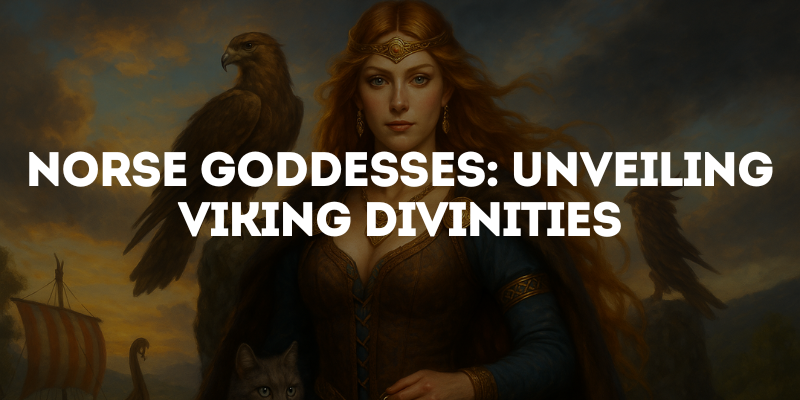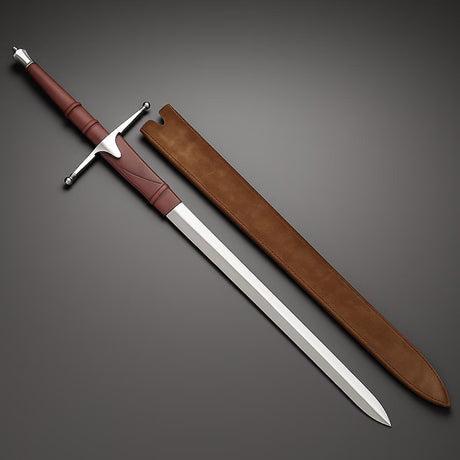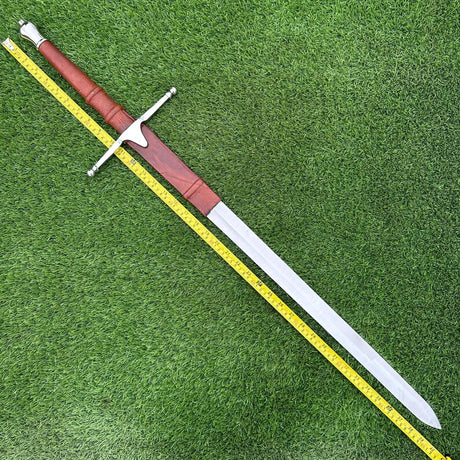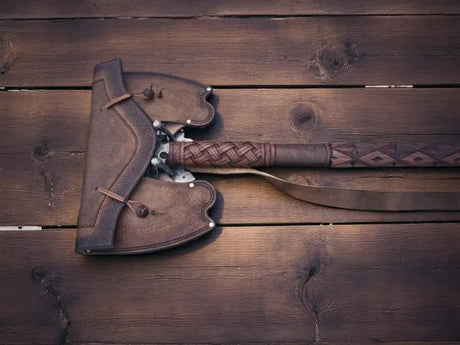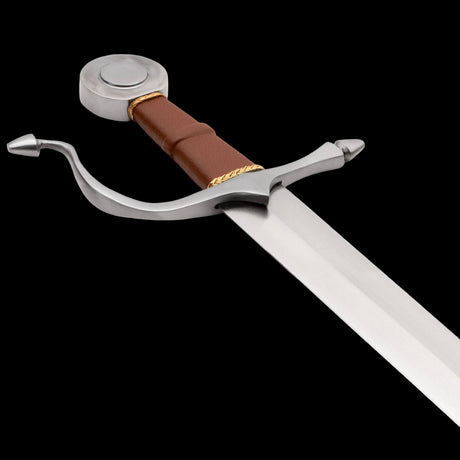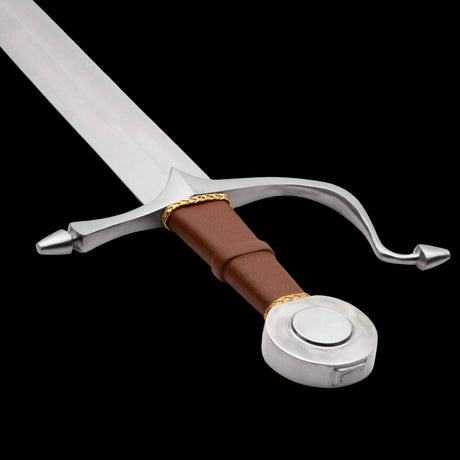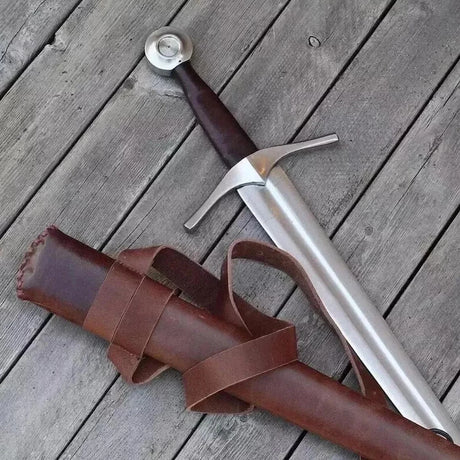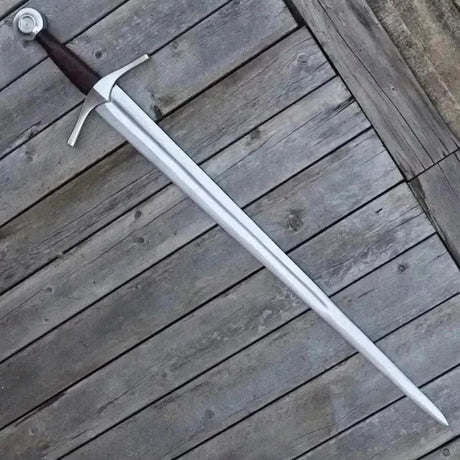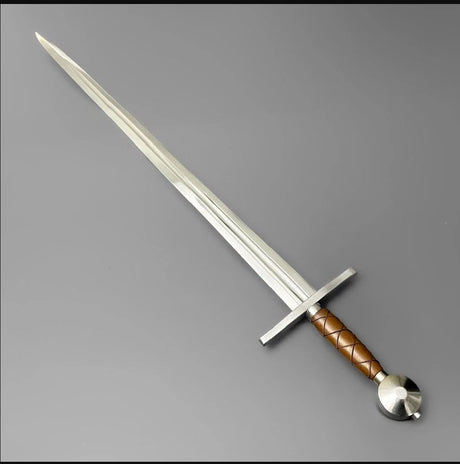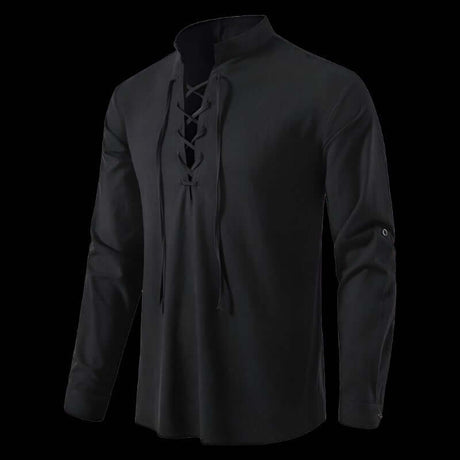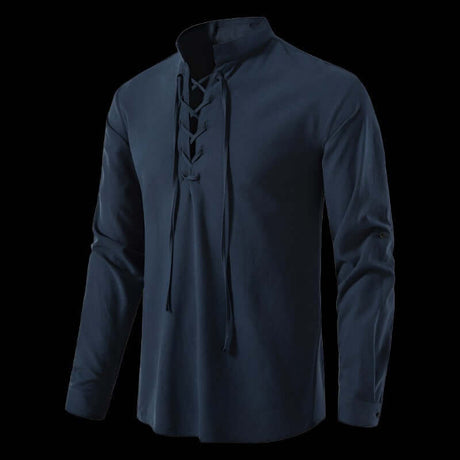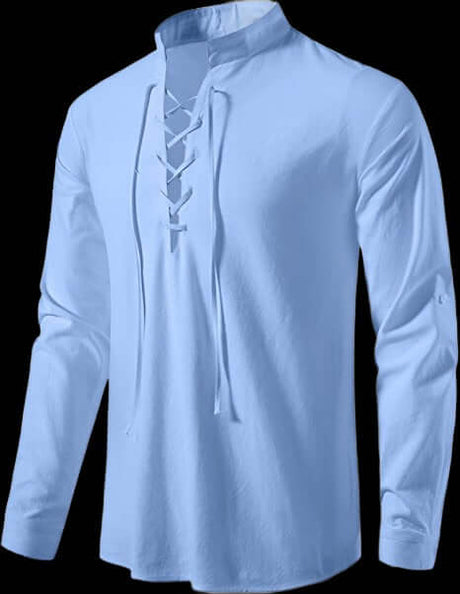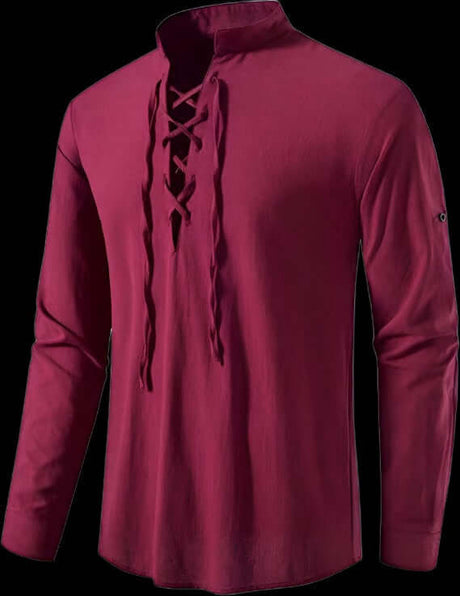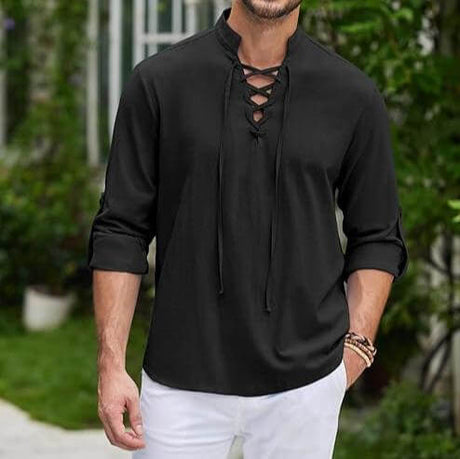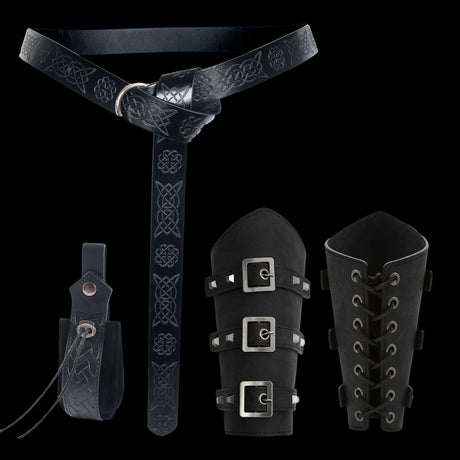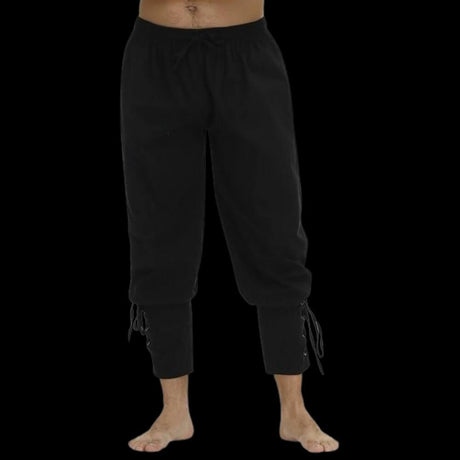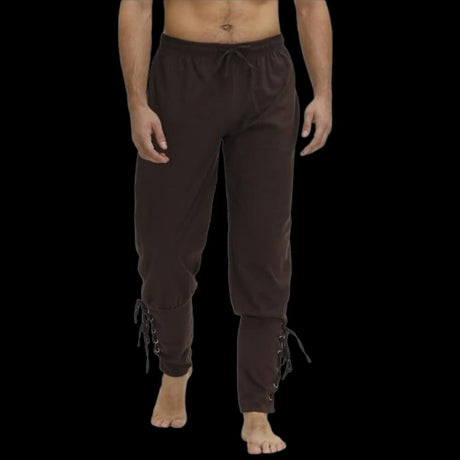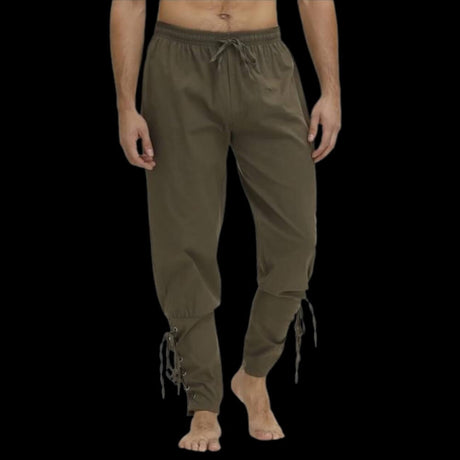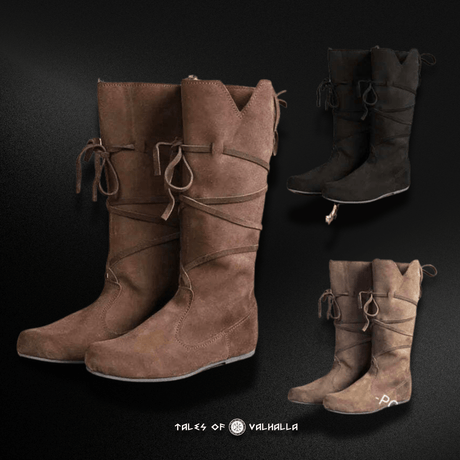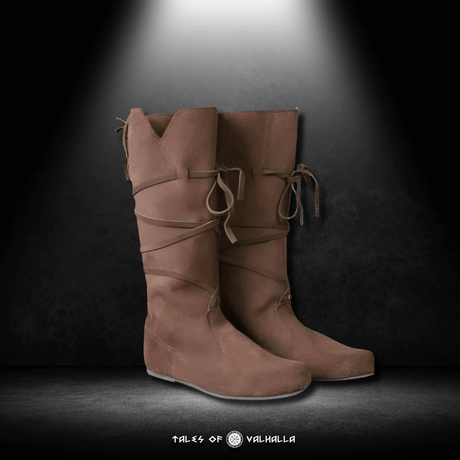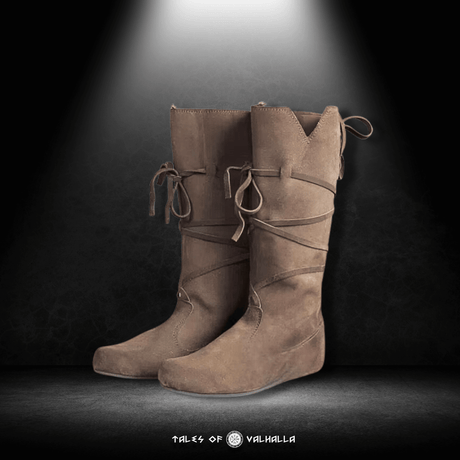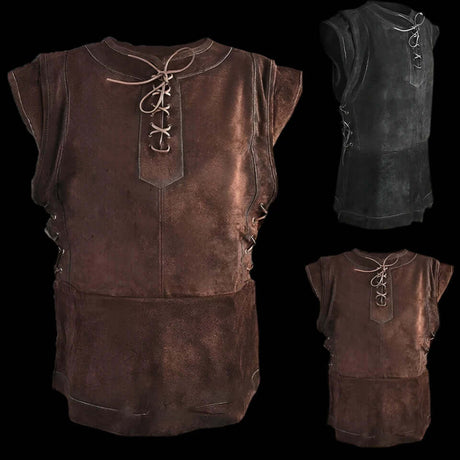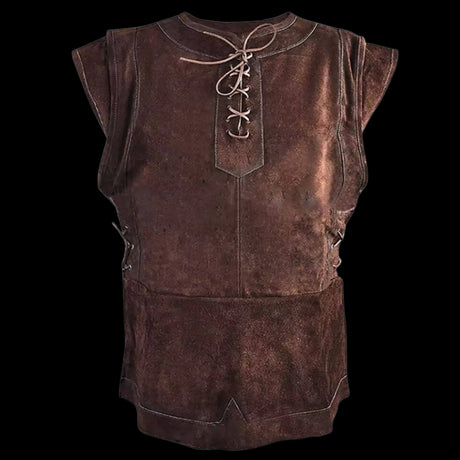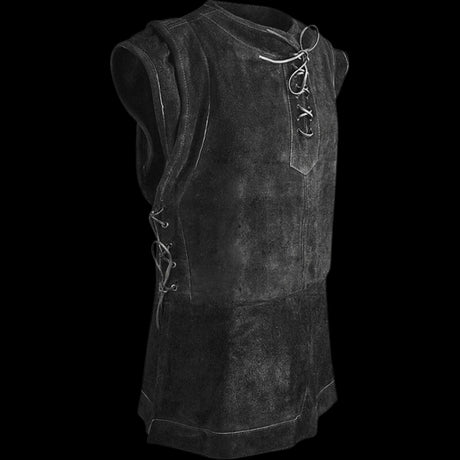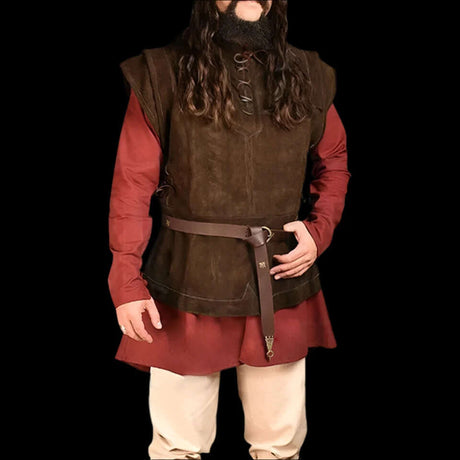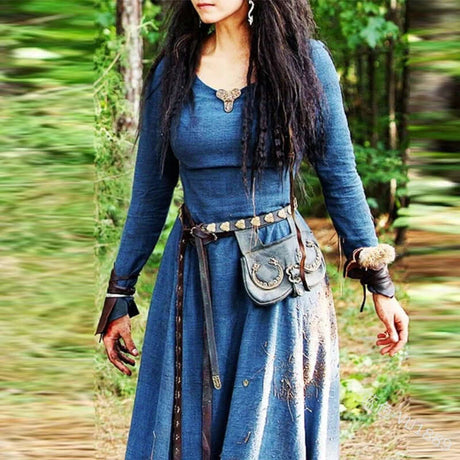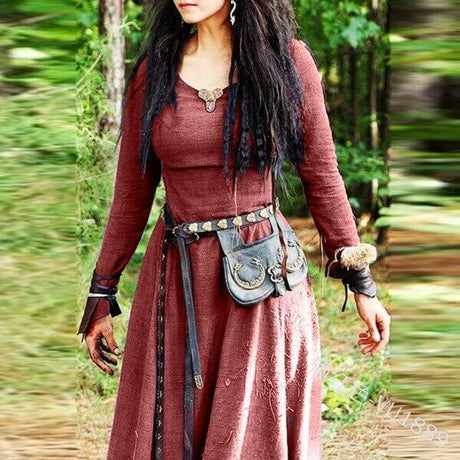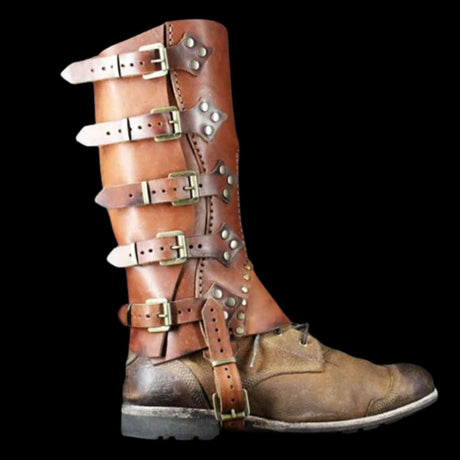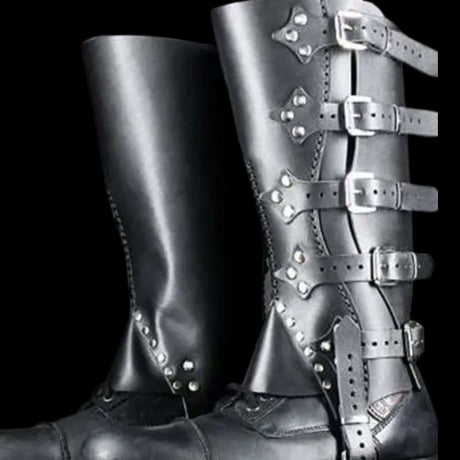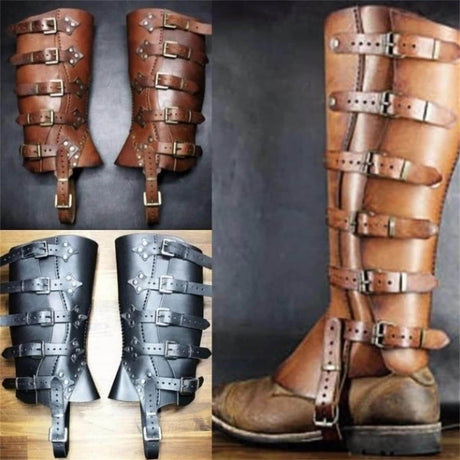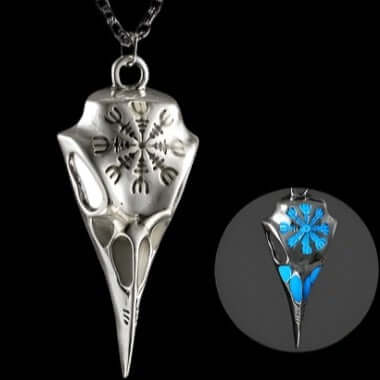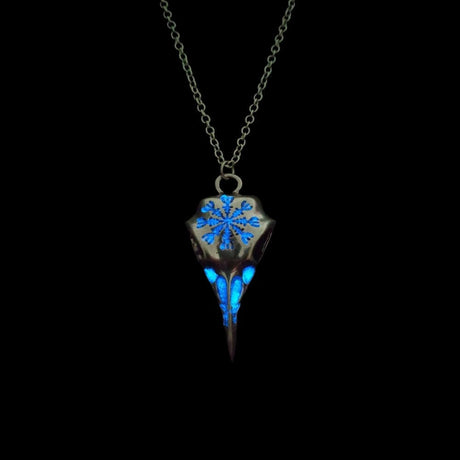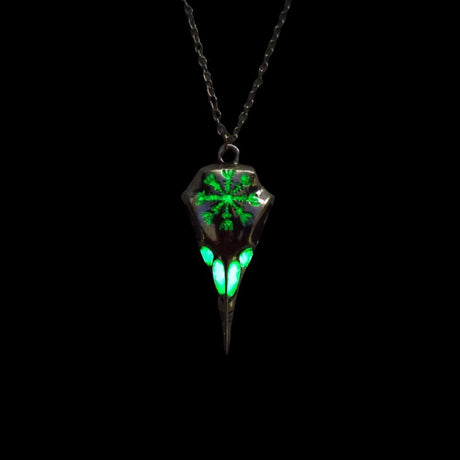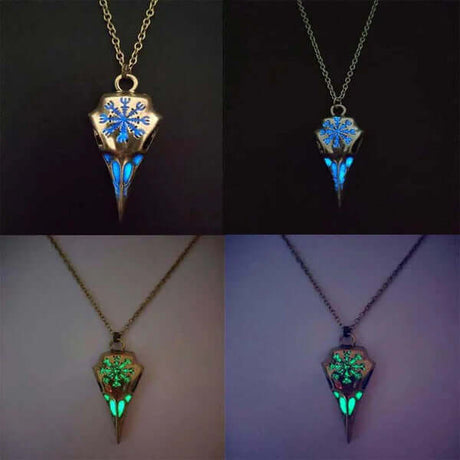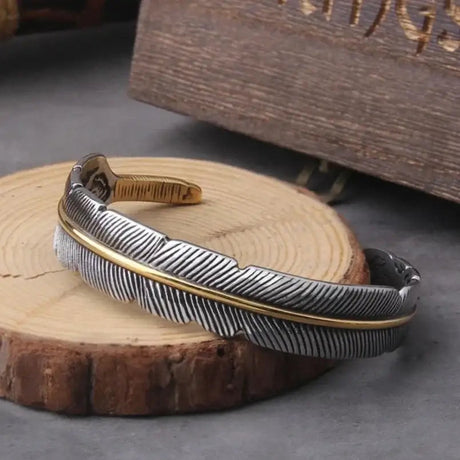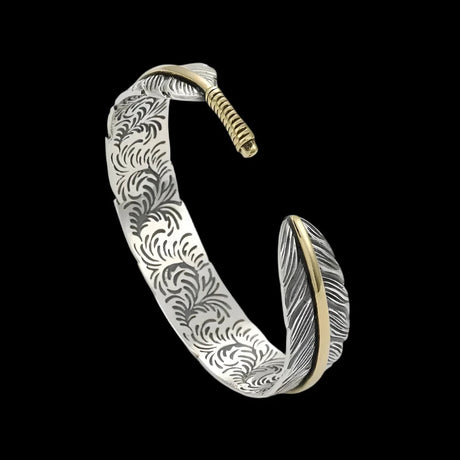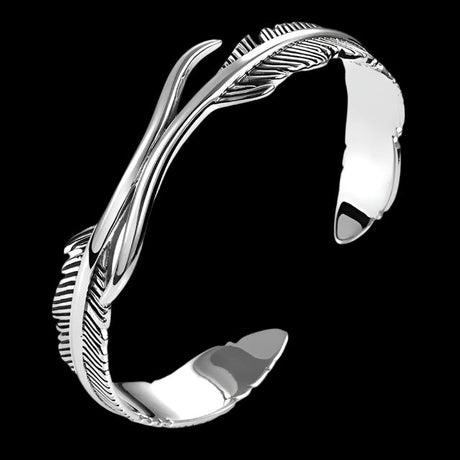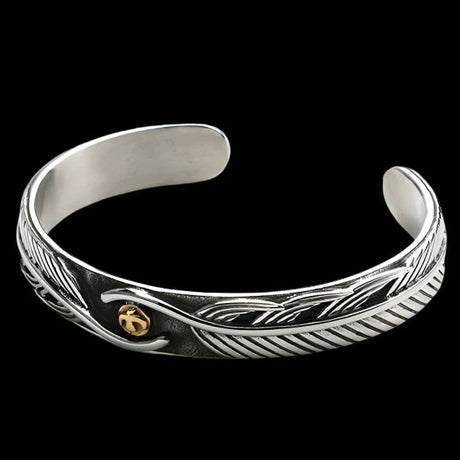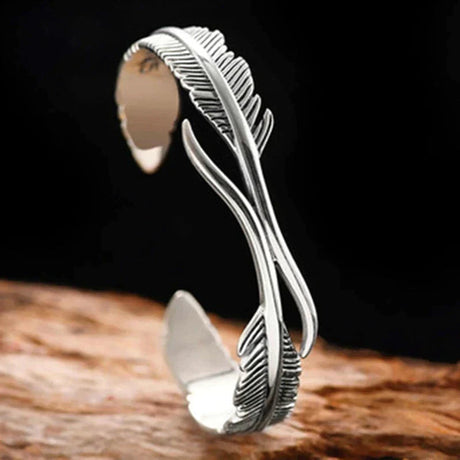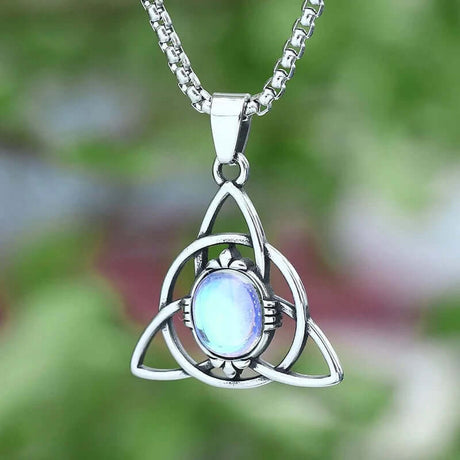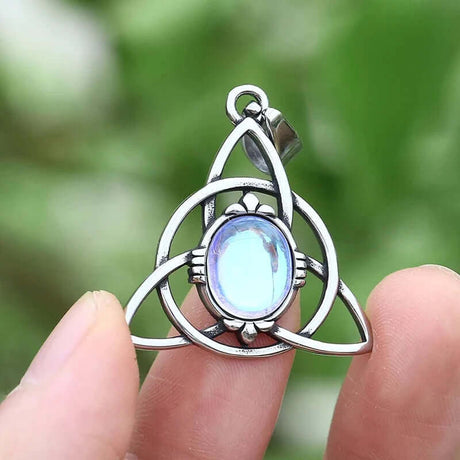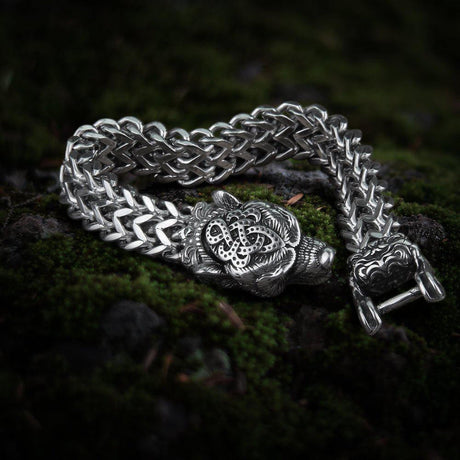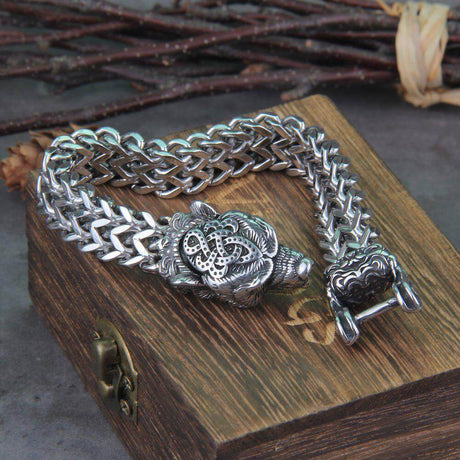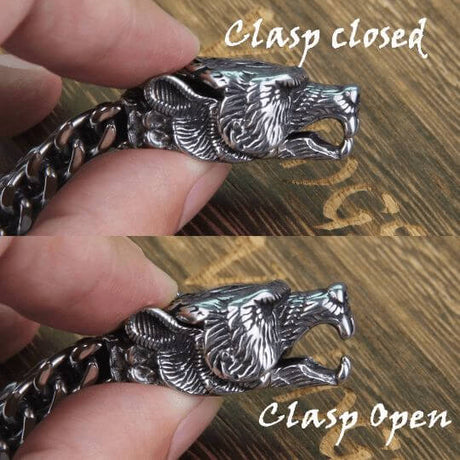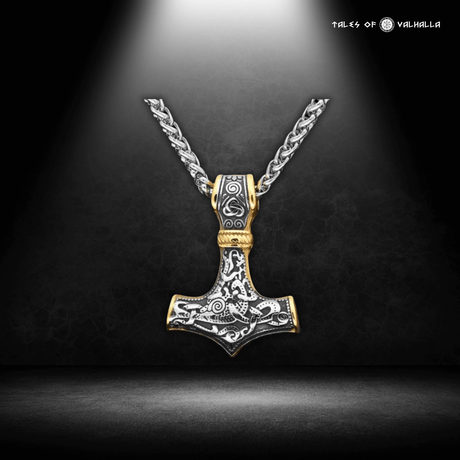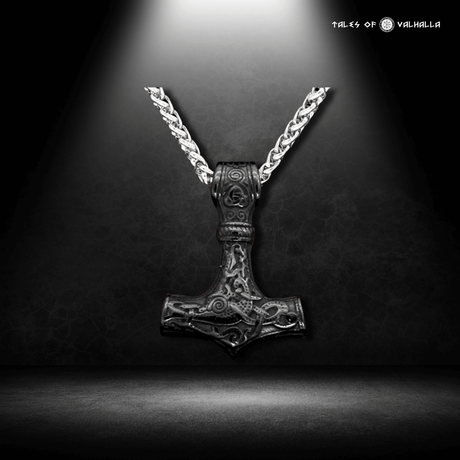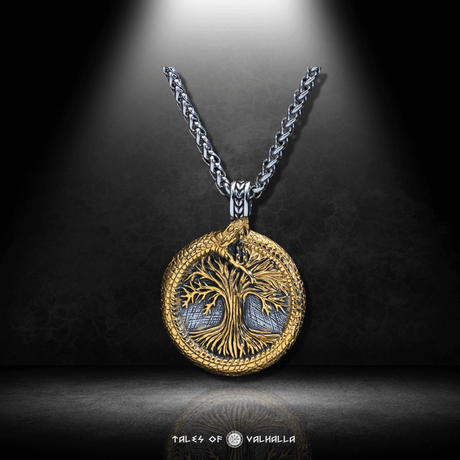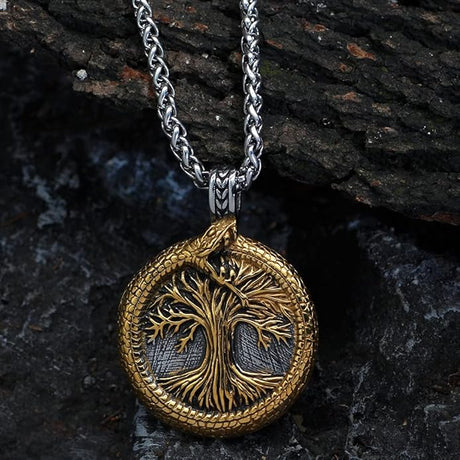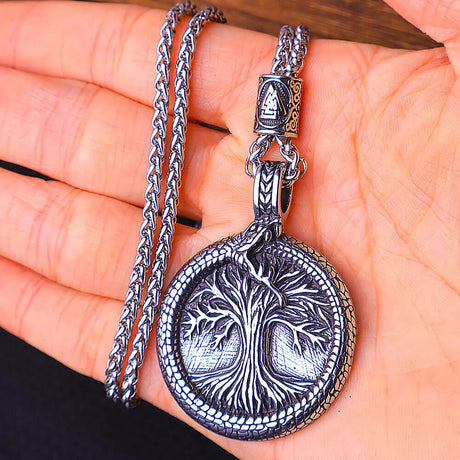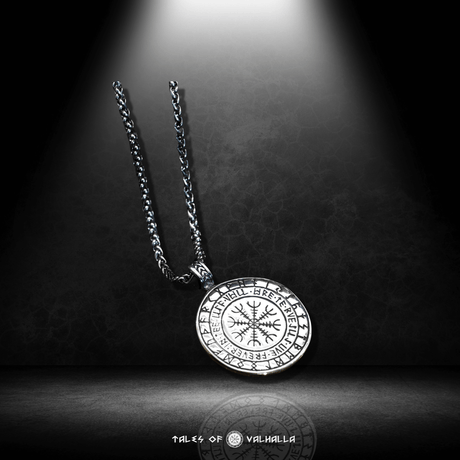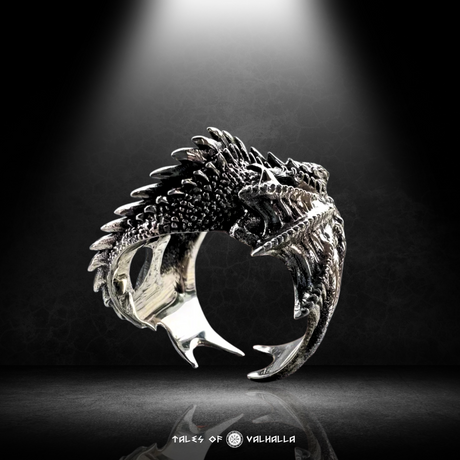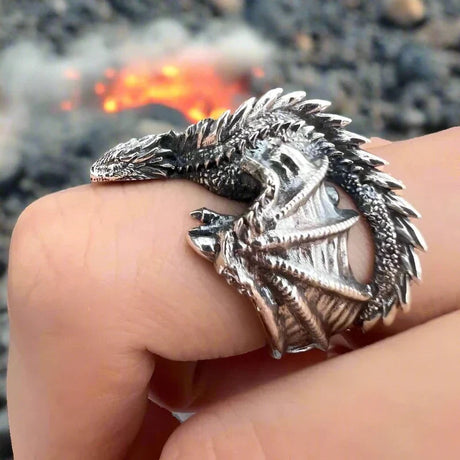When we delve into the mists of the Viking Age, the figures that often dominate the landscape are powerful male gods like Odin and Thor, or fierce, bearded warriors setting sail for conquest. Yet, lurking just beyond these prominent figures, often overshadowed but no less potent, exists a pantheon of remarkable Norse Goddesses. These divine women were not mere consorts or passive figures; they wielded immense power, influenced fate, embodied crucial aspects of life and death, and were deeply interwoven into the spiritual fabric of Viking society.
For too long, the narrative of Norse mythology has centered primarily on its male deities. This exploration seeks to shift the focus, unveiling the diverse roles, compelling stories, and enduring significance of Norse Goddesses. From queens wielding foresight to goddesses commanding love, war, and the underworld, their stories offer a richer, more complex understanding of Viking beliefs. Join us as we journey into the realms of Asgard, Vanaheimr, and beyond to uncover the strength, wisdom, and mystery of these fascinating Viking divinities. Understanding these Norse Goddesses is key to truly grasping the Viking worldview.
Why Focus on Norse Goddesses? Challenging the Male-Centric Narrative
The perception of Viking culture as overwhelmingly masculine often sidelines the vital roles women, both mortal and divine, played. Focusing on Norse Goddesses is essential for several reasons:
- A More Complete Picture: Ignoring the goddesses provides only half the story. They represented fundamental aspects of existence – fertility, love, fate, death, healing, wisdom – that were crucial to Viking understanding of the cosmos and their place within it.
- Reflecting Societal Roles: The power and agency attributed to many Norse Goddesses may reflect the relatively higher status and influence Viking women held compared to women in other contemporary European societies. They weren't confined solely to domestic spheres.
- Challenging Stereotypes: Exploring the goddesses helps break down the simplistic "barbarian warrior" stereotype of the Vikings, revealing a culture with complex spiritual beliefs and a recognition of powerful female archetypes.
- Enduring Inspiration: The stories and symbolism associated with Norse Goddesses continue to resonate today, inspiring art, literature, modern spiritual practices, and providing powerful female figures for contemporary audiences.
Our Window into Their World: The Sources
Our understanding of Norse Goddesses comes primarily from two main sources:
- The Poetic Edda: An anonymous collection of Old Norse poems dating from the 11th to 13th centuries, containing many of the core myths.
- The Prose Edda: Written by the Icelandic scholar Snorri Sturluson in the 13th century, it provides a more structured account of Norse mythology and cosmology, likely intended to preserve traditional poetic knowledge.
- Sagas and Archaeology: Icelandic sagas offer glimpses into social customs and beliefs, while archaeological finds (like amulets or depictions on artifacts) provide tangible, albeit often ambiguous, evidence.
It's crucial to remember that these sources were often recorded after the Christianization of Scandinavia, potentially filtering the original pagan beliefs through a Christian lens. Therefore, interpreting the roles and stories of Norse Goddesses requires careful consideration of context and potential biases.
The Two Tribes: Aesir and Vanir Goddesses - A Divine Divide?
Norse mythology features two main tribes of deities: the Aesir and the Vanir. While they eventually integrated after a cosmic war, they often represent different domains. Many prominent Norse Goddesses belong to one of these groups.
Aesir Goddesses: Power, Wisdom, and Order in Asgard
The Aesir, residing in the celestial realm of Asgard, are generally associated with concepts like war, governance, wisdom, and cosmic order.
- Frigg: Queen of Asgard, Wife of Odin
 Frigg: Queen of Asgard, Wife of Odin
Frigg: Queen of Asgard, Wife of Odin
Domains: Marriage, motherhood, domesticity, prophecy, foresight.
Significance: As Odin's wife, Frigg holds a position of immense authority. She is often depicted as a loving mother (particularly mourning her son Baldr) but also possesses profound wisdom and knowledge of fate, rivaling even Odin's in some interpretations. She embodies the ideal wife and mother within the ruling class, managing the household of the gods. Frigg is a complex figure, representing both domestic stability and hidden knowledge. Many Norse Goddesses look to her for guidance.
Symbols: Keys (symbolizing household management), spinning wheel/distaff, heron feathers.
Story Vignette: Imagine Frigg in her hall, Fensalir, the air filled with the soft hum of her spinning wheel. She is not merely weaving thread, but subtly manipulating the strands of fate she has foreseen. Messengers come seeking Odin, but find only his queen, whose quiet gaze seems to understand their pleas before they are uttered. She offers cryptic advice, hints of futures only she perceives, her power lying not in overt force, but in silent knowledge and the strength of familial bonds. She is the anchor of Asgard, the quiet wisdom behind the Allfather's might.
- Sif: The Golden-Haired Goddess

Sif: The Golden-Haired Goddess
Domains: Earth, fertility, grain, family.
Significance: Known primarily for her beautiful golden hair (which Loki mischievously cut off, forcing him to have dwarves craft even more magnificent replacements), Sif represents agricultural abundance and the fertility of the land. Her connection to the earth makes her a vital figure for a society reliant on farming.
- Idunn: Keeper of the Apples of Immortality

Domains: Youth, rejuvenation, immortality.
Significance: Idunn guards the golden apples that grant the gods their eternal youth and vitality. Her role is crucial to the very existence of the Aesir, highlighting the importance placed on maintaining vigor and overcoming the limitations of aging. Her abduction by the giant Þjazi throws Asgard into chaos, demonstrating her indispensable nature.
- Eir: The Divine Healer
 Eir: The Divine Healer
Eir: The Divine Healer
Domains: Healing, medicine, mercy.
Significance: Eir is considered the best of physicians among the gods. Her presence highlights the importance of healing and well-being, even in a warrior culture. She represents the restorative aspect of the divine, a crucial counterbalance to the forces of war and destruction among the Norse Goddesses.
Vanir Goddesses: Fertility, Nature, and Magic from Vanaheimr
The Vanir, originating from Vanaheimr, are often associated with fertility, prosperity, nature, pleasure, and a potent form of magic known as seidr.
-
Freyja: Goddess of Love, Beauty, Fertility, War, and Seidr
- Domains: Love, beauty, fertility, sex, gold, war, death (receiving half the slain in battle), seidr magic.
- Significance: Freyja is perhaps the most prominent and multifaceted of the Norse Goddesses. She is not simply a love goddess; she is a complex figure embodying seemingly contradictory domains. She is stunningly beautiful, desired by gods and giants alike, yet also a fierce warrior goddess who rides into battle and claims her share of fallen heroes for her hall, Fólkvangr. She is the foremost practitioner of seidr, a powerful form of Norse magic often associated with divination and manipulating fate. Her complexity reflects a more nuanced understanding of femininity than often portrayed.
- Symbols: Brísingamen (her famous necklace), cats (who pull her chariot), boar (Hildisvíni), falcon cloak.
- Story Vignette: Imagine Freyja, tears of red gold falling as she searches the realms for her lost husband, Óðr. Yet, this image of sorrow contrasts sharply with her arrival on a battlefield. Clad not in armor but shimmering magic, riding her chariot pulled by giant cats, she surveys the fallen. With a discerning eye, she chooses the bravest souls to join her in Fólkvangr, her power over both love and death undeniable. Later, in her hall, she weaves seidr spells, her chants shaping destinies, her influence extending far beyond matters of the heart.
- Gullveig: The Mysterious Thrice-Born
-
- Domains: Gold, magic, potentially destructive avarice.
- Significance: Gullveig is a mysterious figure whose arrival in Asgard is said to have sparked the Aesir-Vanir War. She was seemingly obsessed with gold and possessed powerful magic. The Aesir attempted to kill her three times by burning, but each time she was reborn. Some scholars theorize that Gullveig may be another aspect or name for Freyja, highlighting the latter's connection to gold and powerful magic. Her story serves as a catalyst for major events in Norse cosmology.
Beyond the Main Pantheon: Other Powerful Female Figures
The Norse world was populated by more than just the Aesir and Vanir. Giantesses (Jotnar) and other female entities held significant power and influence, representing forces of nature, fate, and the underworld.
Hel: Queen of the Underworld (Helheim)

Hel: Queen of the Underworld (Helheim)
- Domains: The realm of the dead (those who didn't die gloriously in battle), disease, old age.
- Significance: Daughter of Loki and the giantess Angrboða, Hel was cast down by Odin to rule over the dead in Helheim. She is often depicted as having a dual appearance – half beautiful woman, half decaying corpse. While her realm is often seen as gloomy, Hel herself is not typically portrayed as purely evil, but rather as a stern and powerful ruler fulfilling her necessary role in the cosmic order. She is one of the most visually striking Norse Goddesses, representing the inevitable end of life.
- Story Vignette: Imagine Hel sitting upon her throne in the damp, cold hall of Éljúðnir. Before her stand the souls of those who died of sickness or old age – not dishonored, simply departed through means other than battle. Hel's expression is impassive, her face divided between life and decay. She does not judge, merely presides. Her power lies not in malice, but in the unyielding reality of mortality. She is the gatekeeper, the final destination for many, a necessary part of the cycle overseen by the Norse Goddesses of fate.
Skadi: Goddess of Winter, Hunt, and Mountains
- Domains: Winter, skiing, mountains, hunting, independence, justice.
- Significance: Skadi is a fascinating figure – a giantess (Jötunn) who marries into the Aesir after demanding compensation for her father's death. She is fiercely independent, choosing to live in her snowy mountain home rather than by the sea with her husband Njord. She represents the harsh beauty and power of the wilderness, embodying self-reliance and a connection to the untamed aspects of nature. Her story highlights themes of vengeance, negotiation, and the integration of different worlds.
- Story Vignette: Imagine Skadi, clad in white furs, striding effortlessly across the snow-covered peaks on her skis, bow in hand. The air is sharp, the landscape vast and unforgiving, but this is her realm. She tracks a great elk, her movements silent and precise. She feels no need for the warmth of Asgard's halls; the stark beauty of the mountains is her sanctuary. She is a force of nature, independent and untamed, representing the wild spirit that even the gods must respect. She is a powerful example among the figures often associated with Norse Goddesses.
The Norns: Weavers of Fate
- Domains: Destiny, fate, time (past, present, future).
- Significance: Urd (Past), Verdandi (Present), and Skuld (Future) are three powerful female beings who reside at the Well of Urd beneath the World Tree, Yggdrasil. They spin the threads of fate for all beings, including the gods themselves. Their decrees are inescapable, highlighting the Norse belief in a predetermined, though not entirely rigid, destiny (wyrd). They represent the ultimate cosmic power, shaping the course of all lives. Their influence underscores the limited control even the most powerful Norse Goddesses and gods had over their ultimate destiny.
The Valkyries: Choosers of the Slain
- Domains: Battle, death, fate, serving Odin.
- Significance: These female warrior spirits ride over battlefields, choosing which slain heroes are worthy of entering Valhalla, Odin's hall. They are often depicted as beautiful and fearsome, clad in armor and carrying spears. Freyja is sometimes considered their leader. The Valkyries embody the connection between glorious death in battle and the afterlife, a core tenet of the Viking warrior ethos. They represent the divine judgment passed upon warriors.
Symbols and Associations: Reading the Signs of the Goddesses
Many Norse Goddesses had specific symbols or objects associated with them, which offer further insight into their domains and attributes.
- Frigg: Keys (household authority), spinning distaff (fate, domestic arts), falcon or heron feathers (possibly linked to flight or foresight).
- Freyja: Brísingamen (her magnificent necklace, symbol of beauty and fertility), cats (pulling her chariot), boar Hildisvíni (her battle mount), falcon cloak (allowing shape-shifting).
- Idunn: Golden Apples (immortality, youth).
- Sif: Golden Hair (fertility, harvest, the earth's bounty).
- Skadi: Skis, bow and arrow (hunting, winter, mountains).
- Hel: Garmr (her hound), half-decayed appearance (duality of life and death).
These symbols often appear in modern interpretations of Norse Goddesses in art and jewelry.
The Role of Norse Goddesses in Viking Life: Beyond Mythology
How did the worship or acknowledgment of Norse Goddesses translate into the everyday lives of Vikings?
- Fertility and Harvest: Goddesses like Freyja and Sif were likely invoked for successful crops, healthy livestock, and human fertility – essential aspects for survival and prosperity in an agrarian society. Rituals related to planting and harvesting may have involved offerings to these deities.
- Love and Marriage: Freyja and Frigg presided over matters of love, marriage, and childbirth. Couples might seek their blessings for a fruitful union or a safe delivery.
- Healing: Eir represented the vital need for healing from illness and injury, a constant concern in a world without modern medicine. People might make offerings or prayers to Eir when facing sickness.
- Protection and Fate: Goddesses associated with fate (the Norns, Frigg) or protection (Freyja in her warrior aspect) could be called upon for guidance or defense against misfortune. Symbols associated with these Norse Goddesses might be worn as amulets.
- Seidr Magic: Practitioners of seidr, often women, likely invoked Freyja, the mistress of this magical art, for guidance and power in divination and manipulating events.
The Fading of the Goddesses? Christianization and Legacy
The gradual Christianization of Scandinavia from the 10th century onwards significantly impacted the worship of the old gods, including the Norse Goddesses.
- Suppression of Paganism: The Church actively suppressed pagan beliefs and practices. Shrines were destroyed, festivals were replaced, and adherence to the old ways was discouraged, often forcibly.
- Reinterpretation and Demonization: Some goddesses, particularly those associated with magic or strong female power like Freyja or Hel, may have been demonized or reinterpreted negatively through a Christian lens.
- Preservation Through Literature: Ironically, much of what we know about Norse Goddesses comes from texts written after Christianization, like the Eddas compiled by Snorri Sturluson. While these sources preserved the myths, they likely also reflect the biases and interpretations of their Christian authors.
- Enduring Folk Traditions: Despite official conversion, elements of older beliefs and reverence for figures associated with nature and fertility likely persisted in folk traditions for centuries.
Modern Resonance: Why Norse Goddesses Still Captivate Us
The interest in Norse Goddesses has surged in modern times, particularly in the United States. Why do these ancient figures continue to hold such appeal?
- Powerful Female Archetypes: In a world still grappling with gender equality, the Norse Goddesses offer compelling examples of strong, independent, and multifaceted female figures who wield significant power. Freyja, Skadi, and even the formidable Hel challenge traditional notions of passive femininity.
- Connection to Nature: Goddesses like Skadi and Sif represent a deep connection to the natural world, the wilderness, and the cycles of the earth – themes that resonate with many people today seeking a more grounded spirituality.
- Complex Mythology: Norse mythology is rich, complex, and often morally ambiguous. The goddesses are not simply "good" or "evil"; they have complex motivations and embody a wide range of human experiences, making them relatable and intriguing.
- Inspiration for Modern Spirituality: Groups like Asatru and Heathenry actively revive the worship of the Norse pantheon, including the goddesses, seeking to reconnect with pre-Christian European spiritual traditions.
- Pop Culture Presence: The increasing visibility of Norse Goddesses in books, movies, comics (like Marvel's interpretations, though often altered), and video games has introduced them to a wider audience, sparking curiosity and further exploration.
Conclusion
The Norse Goddesses are far more than footnotes in a male-dominated mythology. They are powerful, complex, and essential figures who shaped the Viking understanding of the world, from the intimate spheres of love and family to the cosmic realms of fate and death. Frigg, Freyja, Hel, Skadi, and the many other female divinities represent a diverse spectrum of power, embodying wisdom, fertility, war, magic, nature, and the mysteries of existence.
Exploring the stories and symbolism of Norse Goddesses enriches our understanding of Viking culture, challenging simplistic stereotypes and revealing a belief system that acknowledged and revered potent female forces. Their legacy endures, continuing to inspire and captivate us today. For those wishing to delve deeper into the captivating realm of Norse mythology and the powerful figures within it, resources like tales of valhalla can offer further insights and connections. The Norse Goddesses remind us that strength takes many forms, and that the divine feminine held a place of profound importance in the hearts and minds of the Vikings.
FAQs
-
Were Norse goddesses as important as the male gods like Odin and Thor?
Yes, Norse Goddesses were incredibly important and held significant power within the mythology. While Odin and Thor are often more famous today, goddesses like Freyja (love, war, magic) and Frigg (marriage, foresight) wielded considerable influence, ruled over essential domains like fertility, fate, and aspects of death, and were vital to the Viking understanding of the cosmos. Ignoring them provides an incomplete picture of Norse beliefs.
-
What's the difference between Aesir and Vanir goddesses?
The Norse pantheon had two main tribes. The Aesir (like Frigg, Sif, Eir) resided in Asgard and were generally associated with power, wisdom, war, and social order. The Vanir (like Freyja) came from Vanaheimr and were typically linked to fertility, nature, prosperity, pleasure, and a form of magic called seidr. The two tribes eventually integrated after a war.
-
Who were some of the most significant Norse goddesses?
Key Norse Goddesses include Freyja (a powerful and complex goddess of love, beauty, fertility, war, magic, and leader of the Valkyries), Frigg (Odin's wife, queen of Asgard, associated with marriage, motherhood, and foresight), Hel (ruler of the underworld for those not slain in battle), and Skadi (goddess of winter, hunting, and mountains, known for her fierce independence).
-
How do we know about the Norse goddesses?
Our primary sources are the Poetic Edda (collections of Old Norse poems) and the Prose Edda (written by Snorri Sturluson in the 13th century). Icelandic sagas and archaeological finds (like amulets or depictions) also provide valuable clues, though much of the written material was recorded after Christianization began, potentially influencing how the goddesses were portrayed.
-
What happened to the worship of Norse goddesses when Christianity arrived?
The Christianization of Scandinavia led to the suppression of pagan worship, including reverence for Norse Goddesses. Shrines were often destroyed, and pagan practices were discouraged. Some goddesses might have been demonized or reinterpreted through a Christian lens. However, their stories were preserved (though potentially altered) in the Eddas and sagas, and elements may have persisted in folk traditions.
-
Why are people still interested in Norse goddesses today?
Norse Goddesses offer compelling examples of strong, complex female figures that resonate with modern audiences. Their connections to nature, fate, magic, and diverse aspects of life are intriguing. They inspire modern spirituality (like Asatru/Heathenry), art, literature, and continue to appear in popular culture, sparking ongoing fascination.

